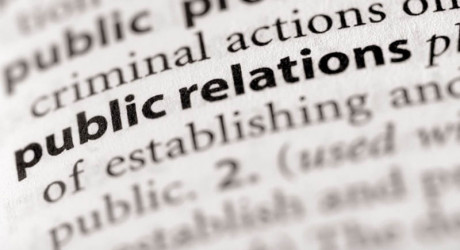Scots spend more time watching broadcast television than any other UK Nation
But viewing time is on the decline – down 16 per cent since 2010
Viewing is moving online, with BBC iPlayer the most popular streaming service
Strictly Come Dancing semi-final most-watched programme of 2017
PEOPLE in Scotland watch more television than viewers in the rest of the UK, research from Ofcom finds.
In 2017, viewers in Scotland spent a daily average of 3 hours 46 minutes watching broadcast television on the TV set, 24 minutes more than the UK average of 3 hours 23 minutes.
Despite Scots spending the most time watching TV, viewing time is on the decline. In 2017, Scottish viewers spent nine minutes less (-3.8 per cent) watching broadcast television on the TV set than in 2016, and 46 minutes less (-16 per cent) compared with 2010.
The decline in broadcast TV viewing is even steeper among younger viewers. In 2017, youngsters aged four to 15 watched 1 hour and 27 minutes of broadcast TV each day, down from 2 hours 28 minutes in 2010 (-41 per cent).
Similarly, 16 to 34-year-olds watched 2 hours 16 minutes of broadcast TV per day in 2017, compared with 3 hours 25 minutes in 2010 (-34 per cent).
This means that the over-55s in Scotland watched almost four times as much broadcast television per day than children in 2017.
The findings are part of Ofcom’s Media Nations: Scotland 2018 report, a comprehensive study of trends in the television, radio and audio sectors, published today.
Viewing in Scotland moving online
Although people in Scotland are watching less broadcast television, they are spending more time watching other things on their TV set.
Daily viewing of non-broadcast content, such as YouTube and subscription on-demand services including Netflix and Amazon Prime Video, increased by three minutes (eight per cent) in 2017, to 40 minutes.
BBC iPlayer was the most popular online streaming service in Scotland, with 47per cent claiming to have ever used it, followed by Netflix (39 per cent) and the STV Player (31 per cent).
The use of Netflix, in particular, is heavily skewed towards younger viewers in Scotland. Thirty-one per cent of adults in Scotland claim to use the service at least once a week. This rises to 60 per cent among 16-24s and 53 per cent among 25-34s, but drops to just eight per cent of the 65+ age group.
Glenn Preston, Ofcom’s Scotland director, said: “Today’s research shows that the way people in Scotland watch TV is changing rapidly.
“Although viewers in Scotland watch more TV than in the rest of the UK, they are spending less time watching ‘traditional’ broadcast TV and are turning to online streaming services, attracted by their exclusive programmes and vast libraries of classic shows.
“Broadcasters in Scotland must confront the challenges posed by both online streaming companies and the changing way people are watching television, to ensure they continue to make great shows to appeal to Scottish viewers in the digital age.”
Other key findings from the report include:
- In 2017 the BBC, STV and ITV spent a combined £53.9m on first-run, UK made programmes for viewers in Scotland, an eight per cent real-terms decrease, year-on-year. Although accounting for the largest proportion of spend on first-run, UK originations for Scotland, the BBC reduced its annual programming spend by ten per cent, while STV and ITV’s spend remained broadly stable;
- Viewers in Scotland continue to value public service broadcasting content, with 71 per cent of viewers either satisfied or very satisfied. This compares with a UK average of 75 per cent, 75 per cent in England, 72 per cent in Wales and 69 per cent in Northern Ireland.
- The semi-final of Strictly Come Dancing was the most-viewed broadcast programme on the TV set across Scotland in 2017, with an audience of nearly 1.2 million; and
- Digital radio listening in Scotland (either online, through digital television or through a DAB set) increased, reaching 47per cent of all listening hours by the start of 2018, up from 30 per cent in 2013. Ownership of DAB radios is higher in Scotland than in the rest of the UK (66 per cent at the start of 2018 compared with the UK average of 64 per cent).
MEDIA RELEASE issued by Ofcom Scotland. You too can share your stories (aka press or media releases), on this site. Email here for more information.
Check out twitter.com/scotsbulletin for your very own media releases feed…
Check out too twitter.com/allMediaNews.
Stay connected with our various twitter feeds: Charities, Drink, Education, Energy, Fashion, Film, Food, Gardens, Legal, Motors, Music, Outdoors, Property, Science and Sports. And not forgetting Finance, Theatre, Travel, Festivals, Visual Arts, Aberdeen, Dundee, Edinburgh, Glasgow, Inverness, Perth and Stirling.
Ofcom Scotland contact details…
Contact: Alan Stewart
Email: Alan.Stewart@ofcom.org.uk






